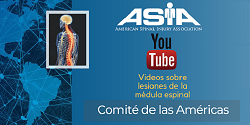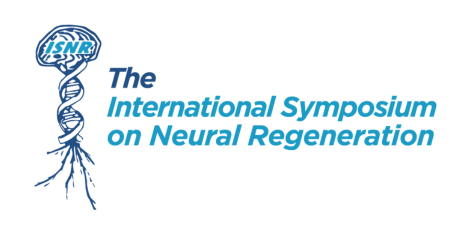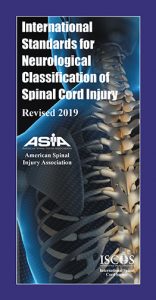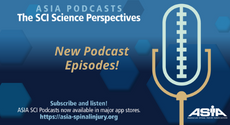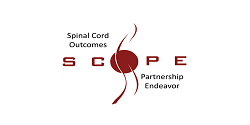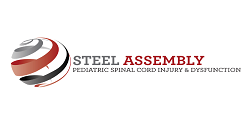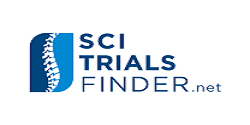| Health Maintenance Checklist |
|---|
- Annual evaluation should review the adequacy of bladder and bowel programs, skin health, presence of neuropathic or nociceptive (e.g., musculoskeletal) pain, and any changes in spasticity, strength, sensation, or functional activities.
- Annual review of efficacy of pharmacologic and nonpharmacologic interventions. Is the current regimen meeting the patient’s treatment goals? Is the patient requiring increasing or decreasing doses of antispasmodic medication?
- Monitor liver function tests if on tizanidine and dantrolene (at baseline, 1 month, and then every 3 months).
| Lista de verificación de mantenimiento de la salud |
|---|
• La evaluación anual debe revisar los programas vesicales e intestinales, estado de la piel, presencia de dolor neuropático
o nociceptivo (p. ej., músculo-esquelético), y cambios en la espasticidad, fuerza, sensación o actividades funcionales.
• Revisión anual de la eficacia de intervenciones farmacológicas y no farmacológicas. ¿El régimen actual corresponde con los objetivos de tratamiento del paciente? ¿Requiere el paciente de un aumento o una disminución de la dosis de medicación antiespástica?
• Monitorear la función hepática si el paciente toma tizanidina y dantrolene (al comienzo, un mes después y luego cada tres meses)
.
| Episodic Care Considerations |
|---|
- Spasticity may change over time. A yearly assessment of spasticity (including its effect on patient’s function, activities of daily living [ADLs], and overall quality of life), physical exam, efficacy of medications, and nonpharmacologic interventions is recommended
- Periodic reevaluation is needed to monitor the response to any changes in medication or treatment intervention.
- In cases of new onset or worsening spasticity, identify potential triggers of spasticity. Bladder, bowel, and skin issues (e.g., UTIs, stones, constipation, wounds) are common causes.
- Discuss spasticity and management with women of child-bearing age preconception.
| Consideraciones de cuidado episódico |
|---|
- La espasticidad puede cambiar a lo largo del tiempo. Se recomienda una evaluación anual de la espasticidad (incluyendo su efecto en el funcionamiento del paciente, actividades de la vida diaria [AVD], y calidad de vida en general), exploración física, eficacia de la medicación y de intervenciones no farmacológicas.
- La reevaluación periódica es necesaria para monitorear la respuesta a cualquier cambio en en el medicamento o en intervenciones terapéuticas.
- En los casos de un nuevo inicio o un incremento de la espasticidad, se debe identificar las posibles causas que pueden disparar la misma. Problemas relacionados con la vejiga, el intestino y la piel (p. ej., infecciones del tracto urinario, cálculos, constipación, heridas) son causas comunes.
- Discutir la espasticidad en mujeres en edad fértil previo a la concepción.

